
The Role of Cemeteries in Mental Health & Grieving Processes
Ever walked through a cemetery and felt an odd sense of calm? Not eerie, but oddly comforting. Cemeteries are more than final resting places—they’re emotional landscapes where sorrow meets solace, where loss begins its slow alchemy into acceptance. Whilst often associated with morbidity or superstition, cemeteries hold a quiet power. They function as spaces of psychological restoration, offering the bereaved a sanctuary to mourn, reflect, and ultimately heal. In this article, we dig deep (pun intended) into the overlooked role cemeteries play in our mental well-being and grief journeys.
Contents
- Understanding Grief: A Complex Human Experience
- Cemeteries as Spaces of Reflection and Emotional Release
- Memorialisation and Mental Anchoring
- Cemeteries and Ritual: The Healing Power of Repetition
- Green Spaces, Blue Minds: Nature and Mental Health
- Cultural Variations: Cemeteries Across the World
- Breaking the Taboo: Why We Need to Talk About Death
- Bottom Line
- FAQs
Understanding Grief: A Complex Human Experience
Grief isn’t a tidy, linear process. It’s a chaotic tangle of emotions—anger, denial, guilt, and despair—often looping back on themselves. Psychologist Elisabeth Kübler-Ross famously outlined five stages of grief, but modern research suggests grief is far messier.
Here’s where cemeteries come in. They provide physical and emotional anchors in an otherwise disorienting experience. Having a tangible place to “visit” the deceased helps mourners ground their emotions, transforming the abstract pain of loss into something more manageable.
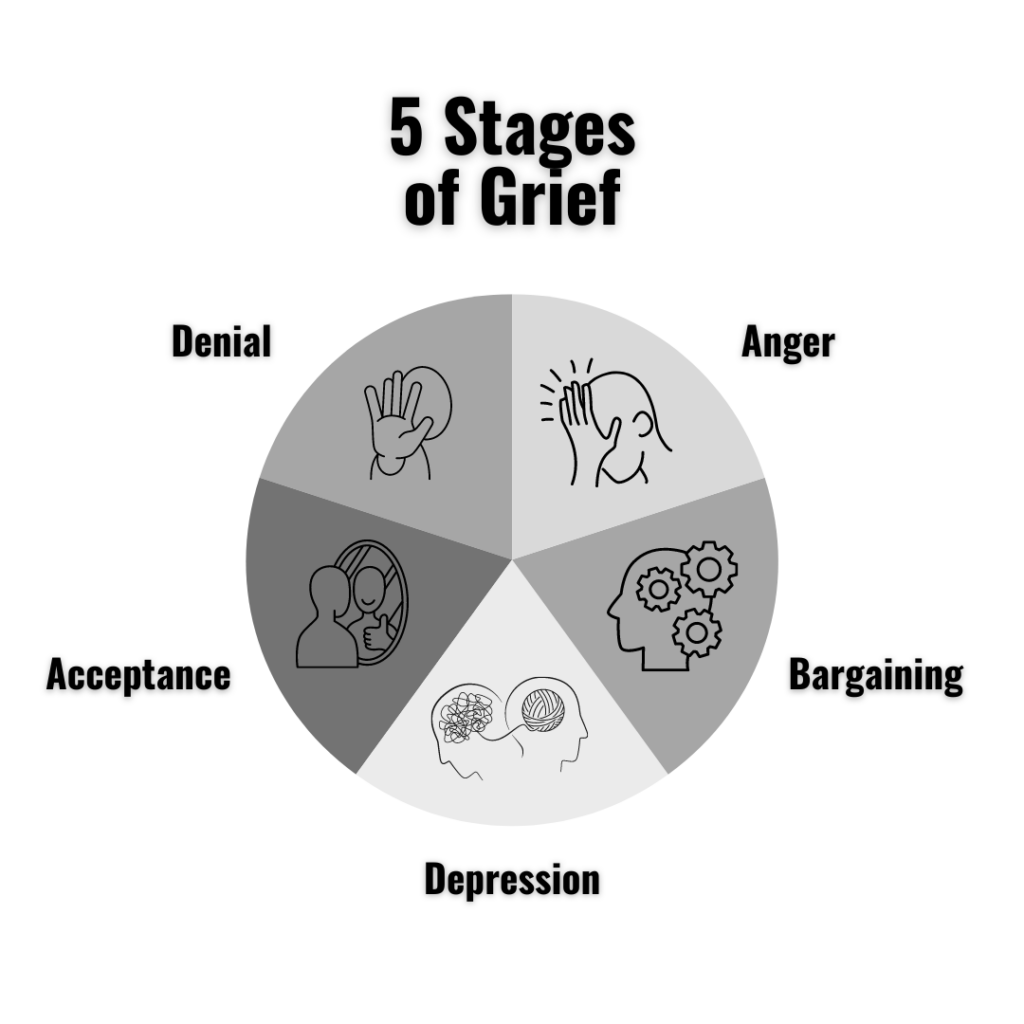
Cemeteries as Spaces of Reflection and Emotional Release
Have you ever tried to grieve in a supermarket aisle? Probably not ideal. Grief demands a kind of psychological privacy—a sacred container—and cemeteries fulfill that need.
With their solemn silence, natural surroundings, and ritualistic context, cemeteries offer a space where one can cry without judgment, speak aloud to the departed, or simply sit in reflective silence.
These actions aren’t trivial; they are therapeutic. According to environmental psychology, spaces that evoke contemplation can reduce anxiety and help regulate emotions.
In short, cemeteries provide a space to feel without filtering, and that’s essential for processing grief.
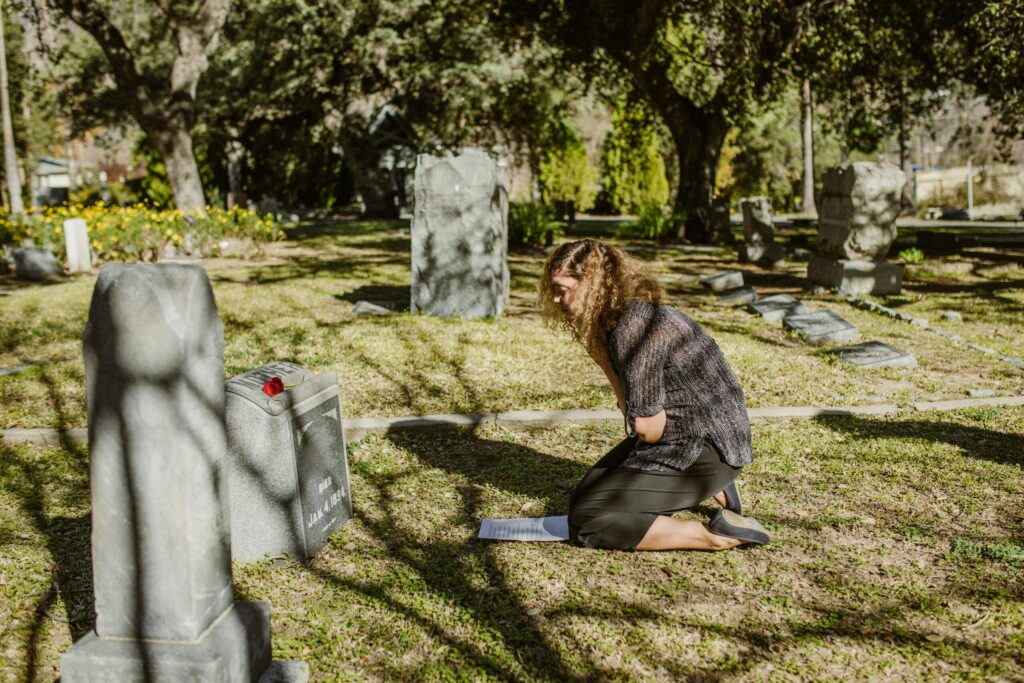
Memorialisation and Mental Anchoring
Placing flowers. Cleaning a gravestone. Reading a name etched in stone. These acts of memorialisation may seem small, but they carry significant psychological weight. Why?
Because they affirm that the person mattered. They assert continuity—that even though someone is physically gone, their memory remains alive. This is known in psychology as “continuing bonds theory,” which posits that maintaining an ongoing internal relationship with the deceased can be a healthy part of grieving.
So next time someone scoffs at cemetery visits as “morbid,” remind them it’s a coping mechanism rooted in emotional resilience.
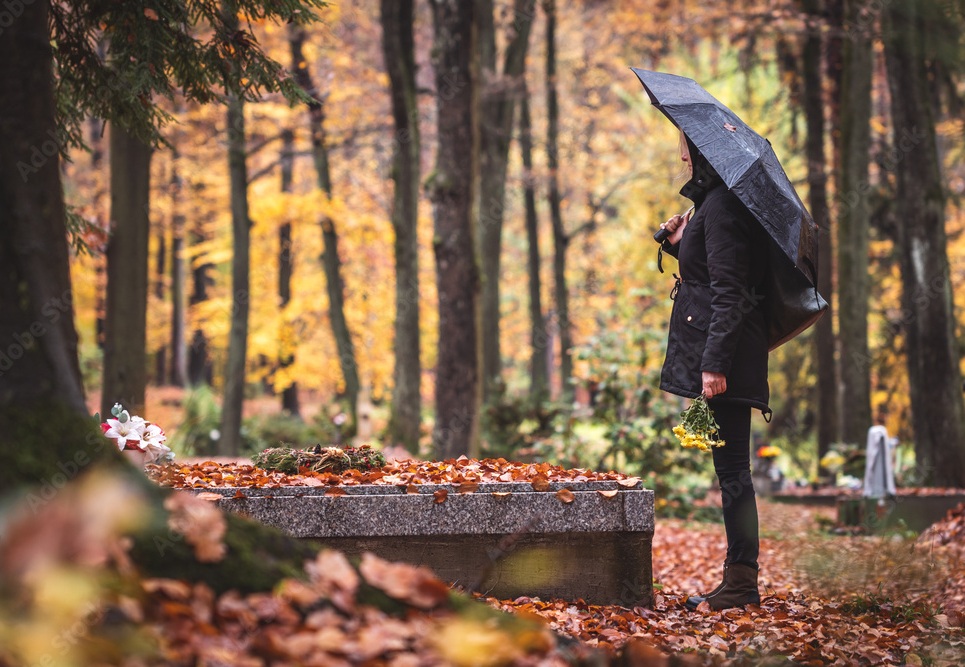
Cemeteries and Ritual: The Healing Power of Repetition
Rituals are the psychological scaffolding that help us cope with life’s upheavals. And cemeteries, as ritual spaces, provide structure to our grief.
Whether it’s lighting a candle on a death anniversary or simply sitting by a loved one’s grave on a Sunday afternoon, these rituals offer a sense of control in a time of chaos.
The predictability of visiting a cemetery—of knowing the place, the path, the routine—can be surprisingly comforting. It’s like muscle memory for the heart.
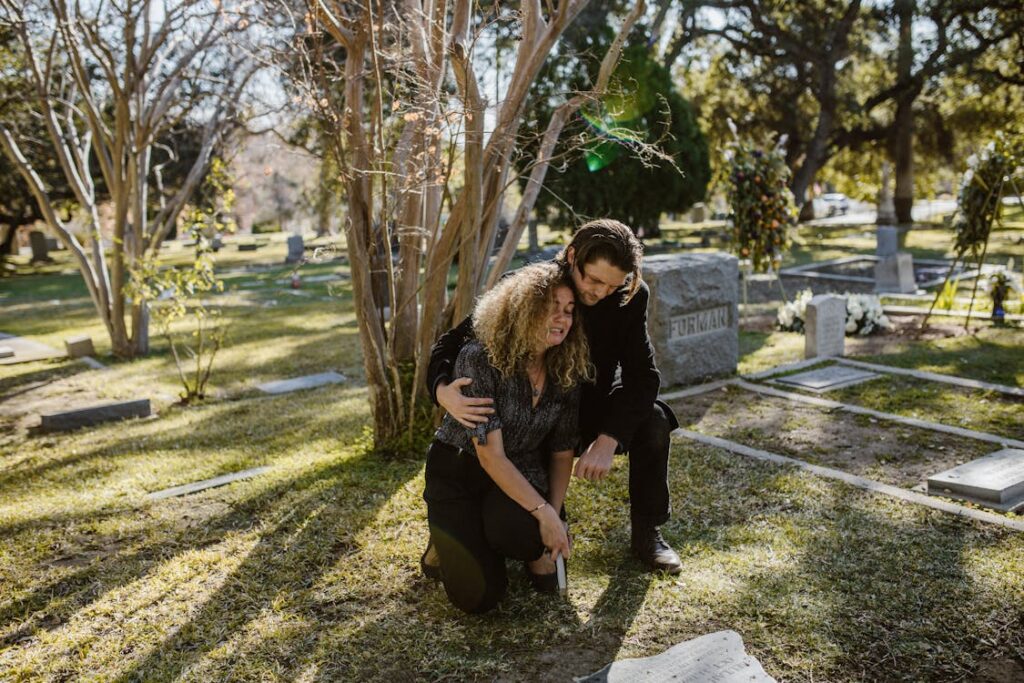
Green Spaces, Blue Minds: Nature and Mental Health
Interestingly, cemeteries are also green spaces. Lush trees, birdsong, well-kept paths—they provide an unexpected communion with nature. The concept of “blue mind”—a mildly meditative state induced by natural surroundings—applies here.
Spending time in green spaces has been scientifically linked to lower stress levels, improved mood, and enhanced cognitive function.
Many cemeteries, especially older ones, double as botanical havens. Some even function as public parks, encouraging casual visits that normalise death rather than shrouding it in stigma.
So yes, while you’re visiting grandma’s grave, you’re also unknowingly lowering your cortisol. A win-win.
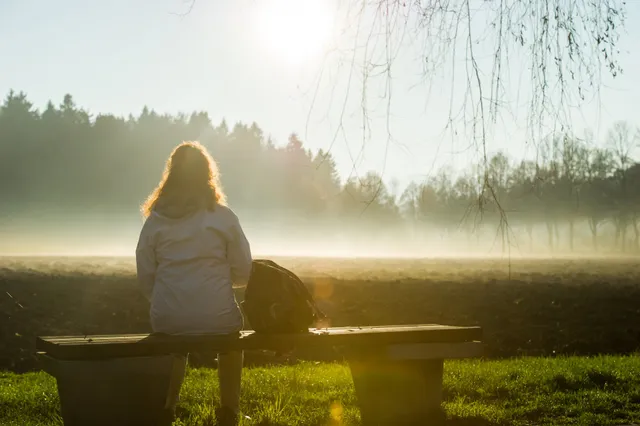
Cultural Variations: Cemeteries Across the World
Not all cultures grieve the same, and not all cemeteries serve identical functions. In Mexico, Día de los Muertos turns cemeteries into vibrant celebrations. In Japan, ancestors are honoured through Obon, a time when families clean graves and welcome spirits back home.
These communal rituals, rooted in cemetery traditions, offer a shared language of grief. They remind us that mourning doesn’t have to be solitary or somber—it can be an act of love, celebration, and connection.

Breaking the Taboo: Why We Need to Talk About Death
Modern Western societies often sanitise or avoid death, tucking it behind hospital curtains or crematorium walls. Cemeteries confront us with mortality in a way that’s both gentle and unignorable. And that’s not a bad thing.
By making cemeteries part of our public consciousness—not just as spaces for mourning but for walking, talking, remembering—we chip away at the stigma surrounding death. We make space for open conversations, and in doing so, we make room for healing.
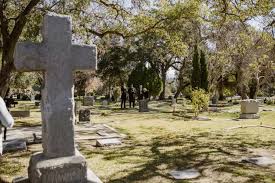
Bottom Line
Grief is not a problem to be solved, but a story to be lived. Cemeteries, with their quiet dignity and emotional resonance, offer an essential chapter in that story. They give us space to remember, to cry, to celebrate, and—eventually—to let go.
So next time you find yourself near a cemetery, don’t just walk by. Walk in. You might just find the peace you didn’t know you were seeking.
FAQs
Yes, regular visits can provide emotional structure and facilitate healthy mourning. It’s a way to process grief and maintain an ongoing connection with the deceased.
Absolutely. With proper guidance, children can learn to express grief and understand the cycle of life. Cemeteries can be used as gentle tools for open, honest conversations about death.
While digital memorials offer accessibility, cemeteries provide sensory and spatial experiences that can be more grounding and emotionally resonant.
Yes. Some grief therapists incorporate cemetery visits into their practices, especially for clients struggling with closure or unresolved grief.
If cemetery visits feel overwhelming, it’s okay to take a break. Grief is personal. Consider speaking with a grief counselor to find what best supports your healing journey.

Leave a Reply